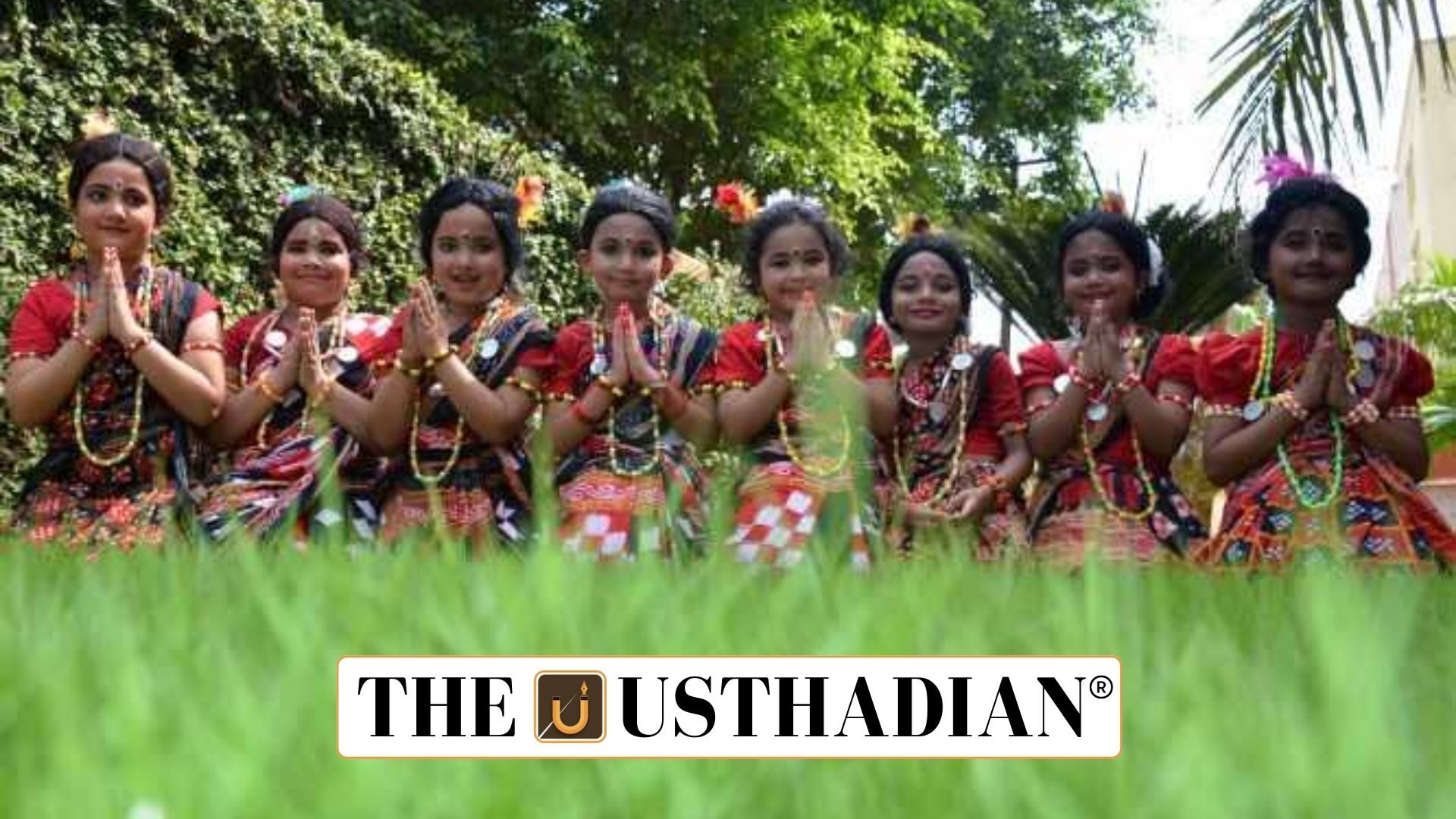Traditional roots
Nuakhai Festival of Odisha: The Nuakhai Festival is one of the most important agrarian celebrations in Western Odisha. It is also known as Navanna, meaning new food. The festival is centered on the offering of the first harvested rice to the deities, reflecting the deep bond between agriculture and culture in the region.
Static GK fact: The term “Nuakhai” is derived from “Nua” (new) and “Khai” (eat).
Historical background
The origins of the festival trace back to the 14th century. According to oral traditions, it was introduced by Raja Ramai Dev of Patna (1355–1380 CE). Over centuries, the practice grew into a community-wide festival celebrated with rituals, prayers, and cultural performances.
Static GK fact: Raja Ramai Dev is considered the founder of the Chauhan dynasty in Western Odisha.
Cultural significance
The festival emphasizes the worship of rice, considered a life-sustaining grain in Indian tradition. Families gather to prepare special food from the newly harvested paddy and offer it first to the presiding deity before consuming it themselves. This act symbolizes gratitude towards nature and the divine for a good harvest.
Static GK Tip: Similar harvest festivals in India include Onam in Kerala, Baisakhi in Punjab, and Makar Sankranti in many states.
Regional importance
The Nuakhai festival is particularly celebrated in Sambalpur, Bargarh, Balangir, Kalahandi, and Sundargarh districts of Odisha. Tribal communities also participate actively, making it a unifying cultural occasion. Traditional folk songs, dances, and gatherings reinforce community bonds.
Contemporary relevance
In 2025, the Prime Minister extended wishes to the people of India on this occasion, highlighting its significance at the national level. Today, Nuakhai continues to represent the agrarian spirit of India, honoring farmers’ efforts and rural traditions in the era of modernization.
Static Usthadian Current Affairs Table
Nuakhai Festival of Odisha:
| Topic | Detail |
| Festival Name | Nuakhai (also known as Navanna) |
| Region | Western Odisha, especially Sambalpur and nearby districts |
| Meaning | Nua = new, Khai = eat |
| Introduced By | Raja Ramai Dev of Patna (1355–1380 CE) |
| Significance | Worship of food grain (rice) and gratitude for harvest |
| Type | Agro-based religious festival |
| Major Celebrations | Offering first rice to deity, folk songs, dances |
| Similar Indian Festivals | Onam, Baisakhi, Makar Sankranti |
| Prime Minister’s Message | Extended wishes in 2025 on the occasion |
| Cultural Impact | Strengthens unity among rural and tribal communities |








